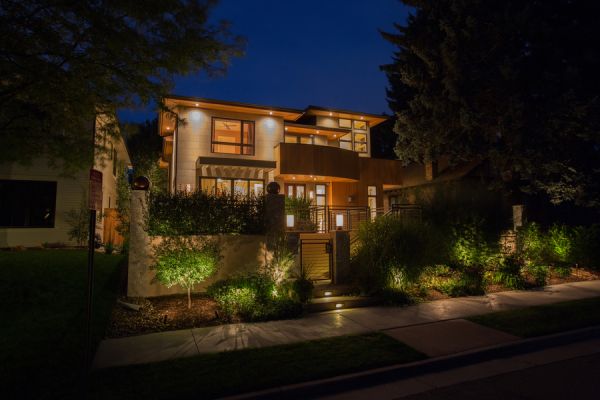Working With An Expert Private Cinema Integrator Saves You Time and Trouble
Categories
Building a private cinema involves many moving parts, essential elements that determine the quality of sound and movie magic experience. Luxury homeowners looking for a home theater solution want to meet and even exceed the local movie house or multiplex quality.
To meet the demanding expectations of our client, design and technology need to coordinate from the beginning. Working together, we can bring to life the vision of your plans, decor and ensure the build happens on time.
Are you looking for an integration partner in building new smart homes in the Carmel, IN area? Read more below to learn how Digital Home Design can help.
See Also: Eight Things You Can Do With Your Home Surveillance System.
Collaboration and Coordination
Any system design starts with the discovery and planning stage. In this phase, we work with you and your contractors to ensure the entire home ecosystem is considered. We want to help identify potential issues and work with the team to find solutions before they happen.
As a professional integrator, we are acutely aware that no home component truly stands alone. Having smart home and home theater elements as part of the initial planning save everyone time and money.
Designing a private cinema starts with the room itself. Whether the intent is to recreate the golden age of movie houses or implementa more moderntake, the design, decor, and construction have a considerable influence. An integration company brought in after the fact may have to contend with sightline issues, acoustic problems, and infrastructure deficits. Why not get it right the first time by working with us?
Visual Matters
Movies are made to be shown in theaters that use a slightly larger 4K format and often incorporate widescreen, anamorphic techniques to create stunning vistas. If the space is built with too little room for projection, the image will have to be compressed and manipulated to fit, leaving the client with a less-than-stellar result.
Ambient light is often a concern. While the lighting may be designed to fit an aesthetic and provide coverage, it can deteriorate the quality if it spills over onto the screen. When errant light cannot be avoided, we can recommend screens designed to compensate. Knowing at the planning stage gives everyone time to find a solution that will still wow the buyer and not overwhelm the budget.
Audio Lost and Found
The structure of a room and its decor have a tremendous influence on how sound is perceived. A design that incorporates lots of fabrics, drapes, and soft elements absorb a good deal of the sound. Conversely, a room with lots of hard and angled surfaces tend to create reflections. The result is audio that can sound muddy and indistinct or zones where part or all of the audio ‘nulls’ out.
While it is preferable to avoid these issues at the design stage, there are methods for accommodating and restructuring the sound environment. The combination of audio processing, speaker placement, and acoustic panels can focus the sound, making every seat the ‘sweet spot.’
Relationships are Key
A successful build is determined by coordination with the general contractor and the associated trades. Delays can have a domino effect, causing extended timelines and higher costs.
We have built relationships with contractors over the years. Nothing is worse than being told that things will take longer and cost more because the sheetrock was put up before speaker wires were run and tested.
We cannot overstate the importance of working with a qualified and experienced integration company from the start. This is especially true with the implementation of a private cinema. To schedule a consultation,contact our team here. We look forward to working with you to create dream theater setups for your clients!

Working With An Expert Private Cinema Integrator Saves You Time and Trouble

8 Things You Can Do with Your Home Surveillance System

Transform the Holiday Season With High-End Audio

Digital Home Design: The Home Automation Experts

The Newest Technologies for Your Home Theater

Take Your Smart Home To The Patio!

Take Your Smart Home to the Patio!

Smart Technology to Consider for Your New Custom Home

Why It’s Smart to Partner With a Low-Voltage Contractor
